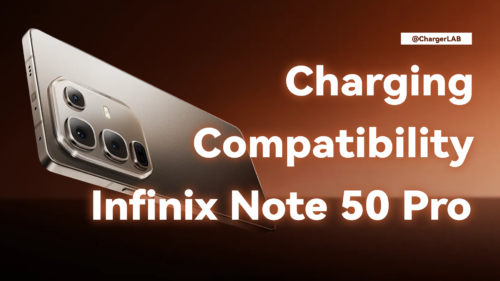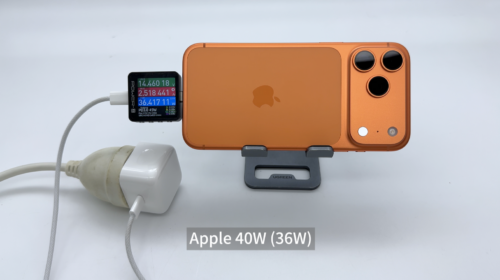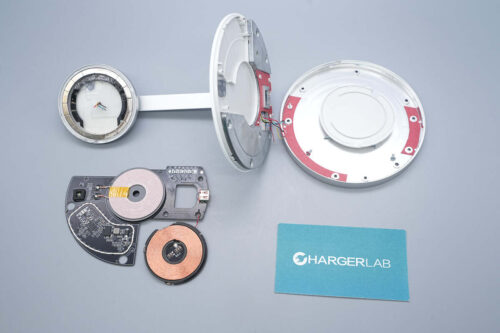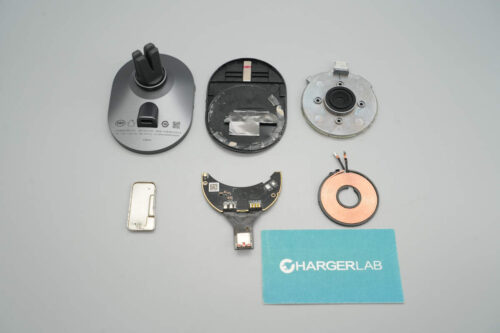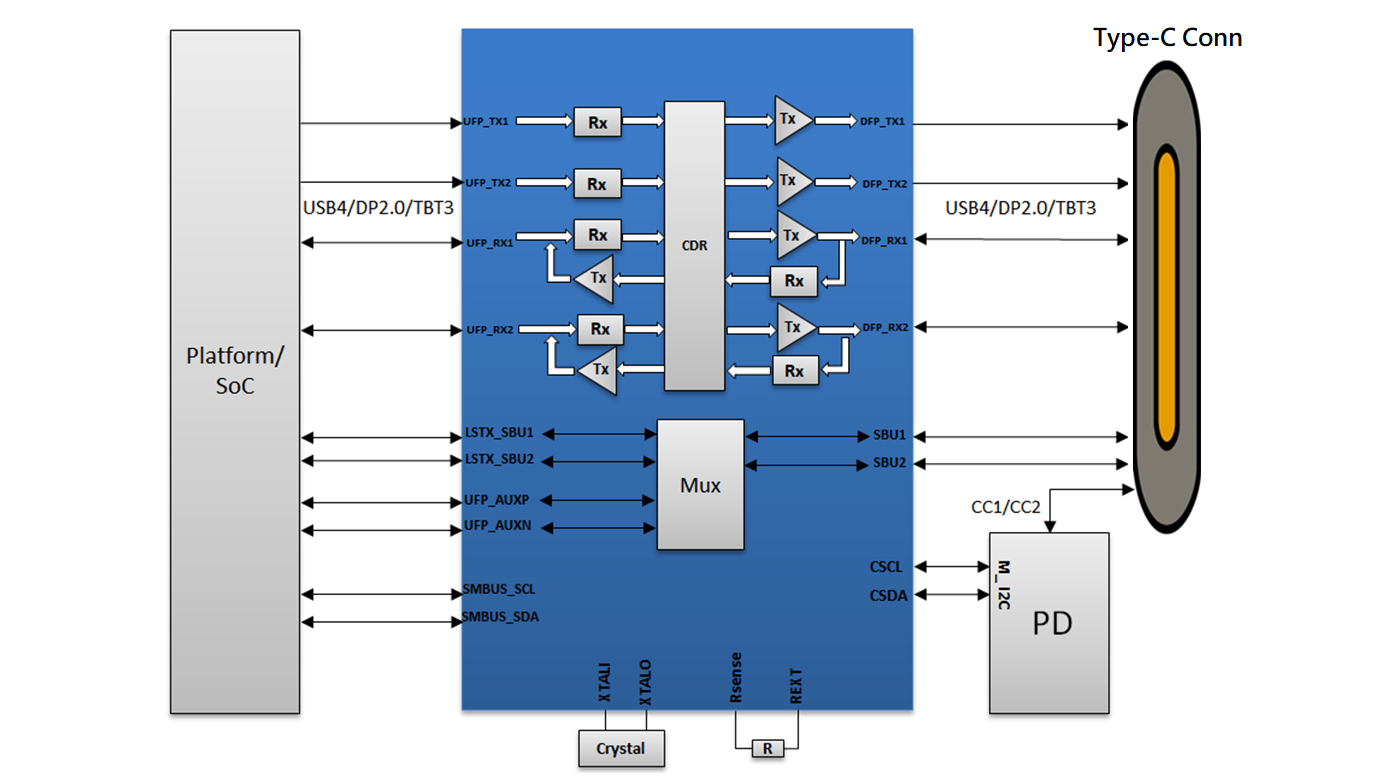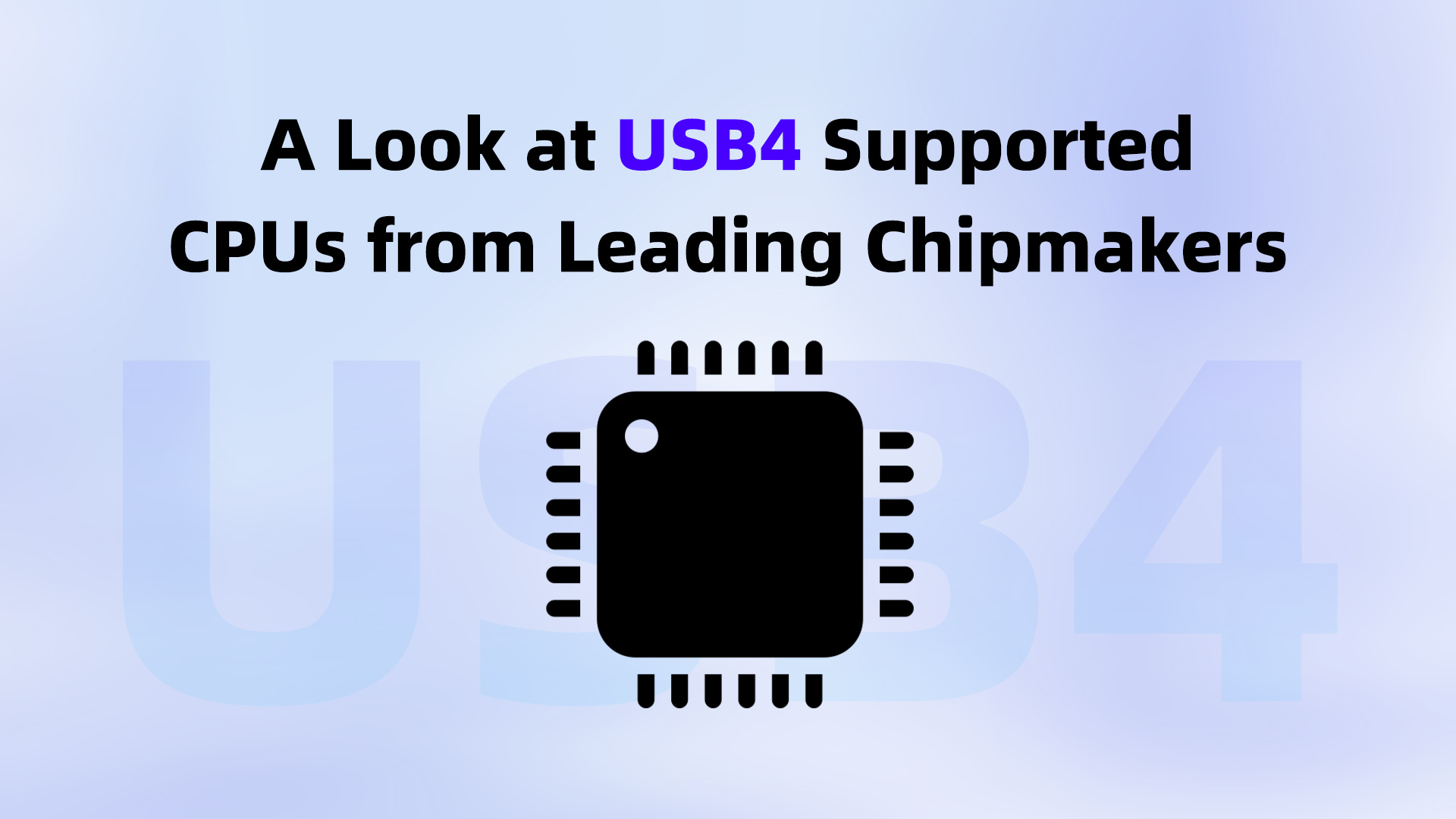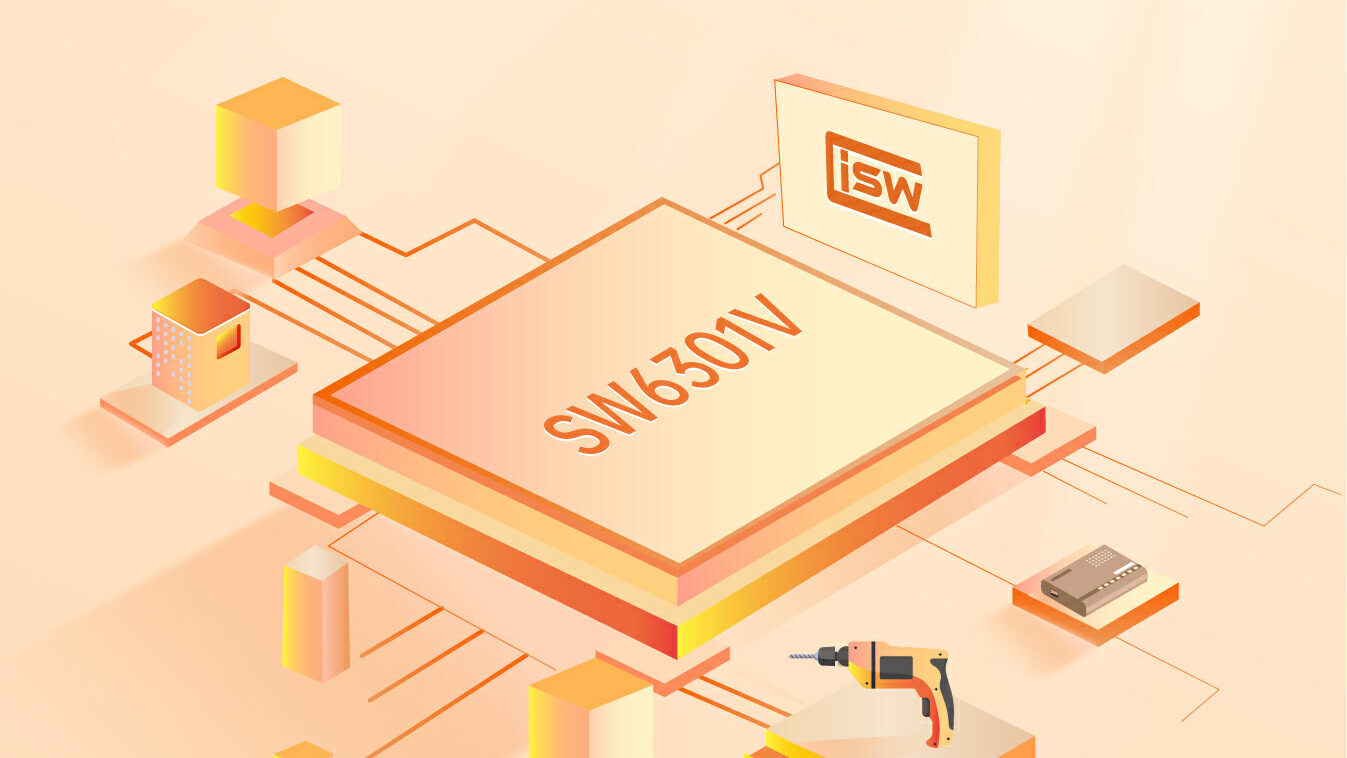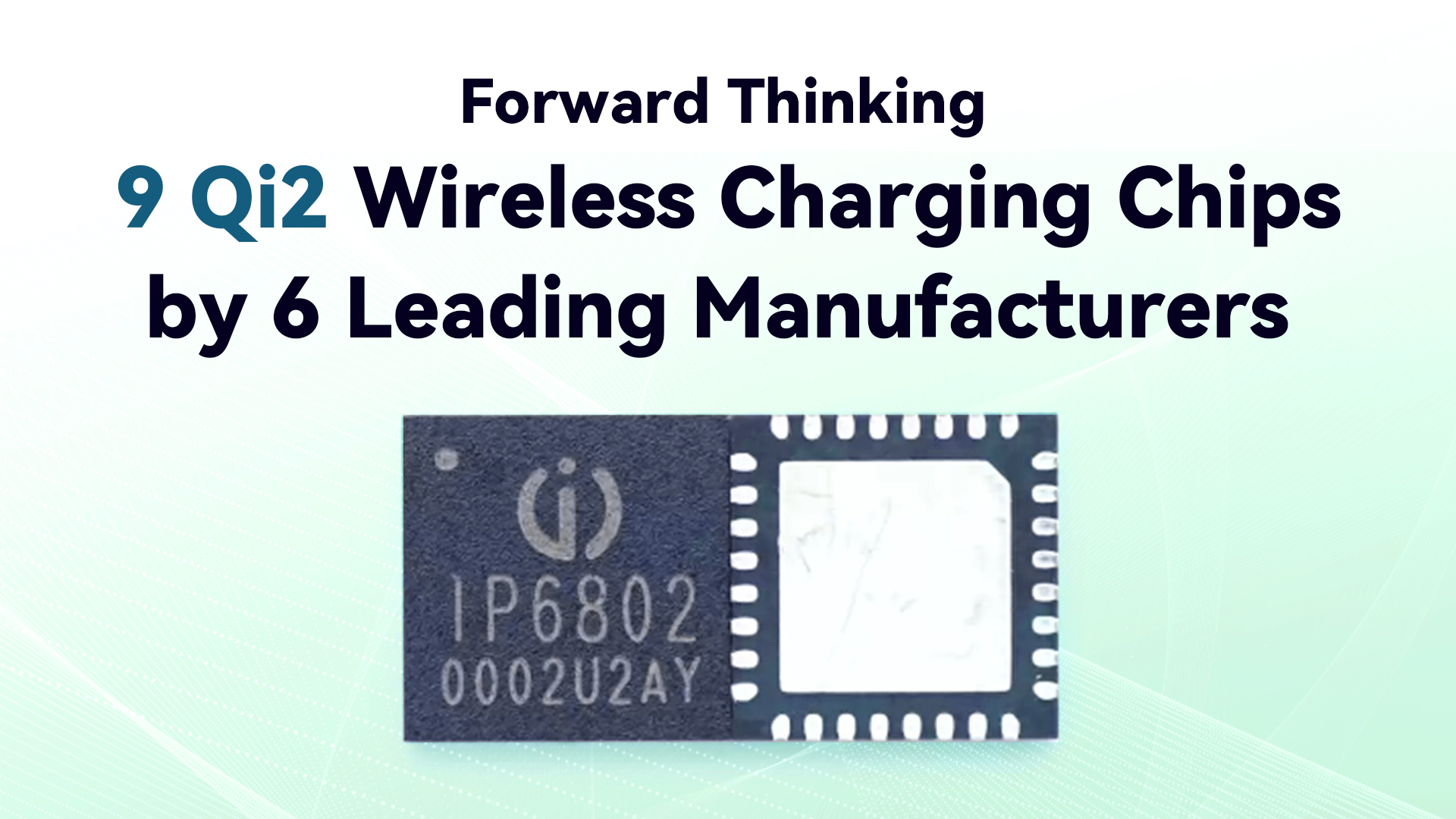Introduction
In earlier years, three-in-one and two-in-one charging cables were highly popular. Typically featuring a USB-A input and three output ports - Micro USB, Lightning, and USB-C - these designs gained widespread popularity because of the lack of standardization in phone ports at the time. Android devices predominantly used Micro USB ports, while some manufacturers began adopting USB-C ports, such as Letv phones. Meanwhile, Apple devices utilized Lightning ports. Such multi-port cables addressed the inconsistency in ports users faced at the time, providing a better charging experience.
Some may have concerns about these cables affecting fast charging experiences. However, back then, fast charging technology was not yet widespread, with charging powers generally around 10W. Users were not overly concerned about charging speeds but rather focused on port compatibility. However, with the widespread adoption of USB-C ports in the iPhone 15 series, the era of port integration has arrived. Nowadays, modern electronic devices, especially smartphones, primarily utilize USB-C ports that support high power. Therefore, the traditional three-in-one cables are no longer suitable.
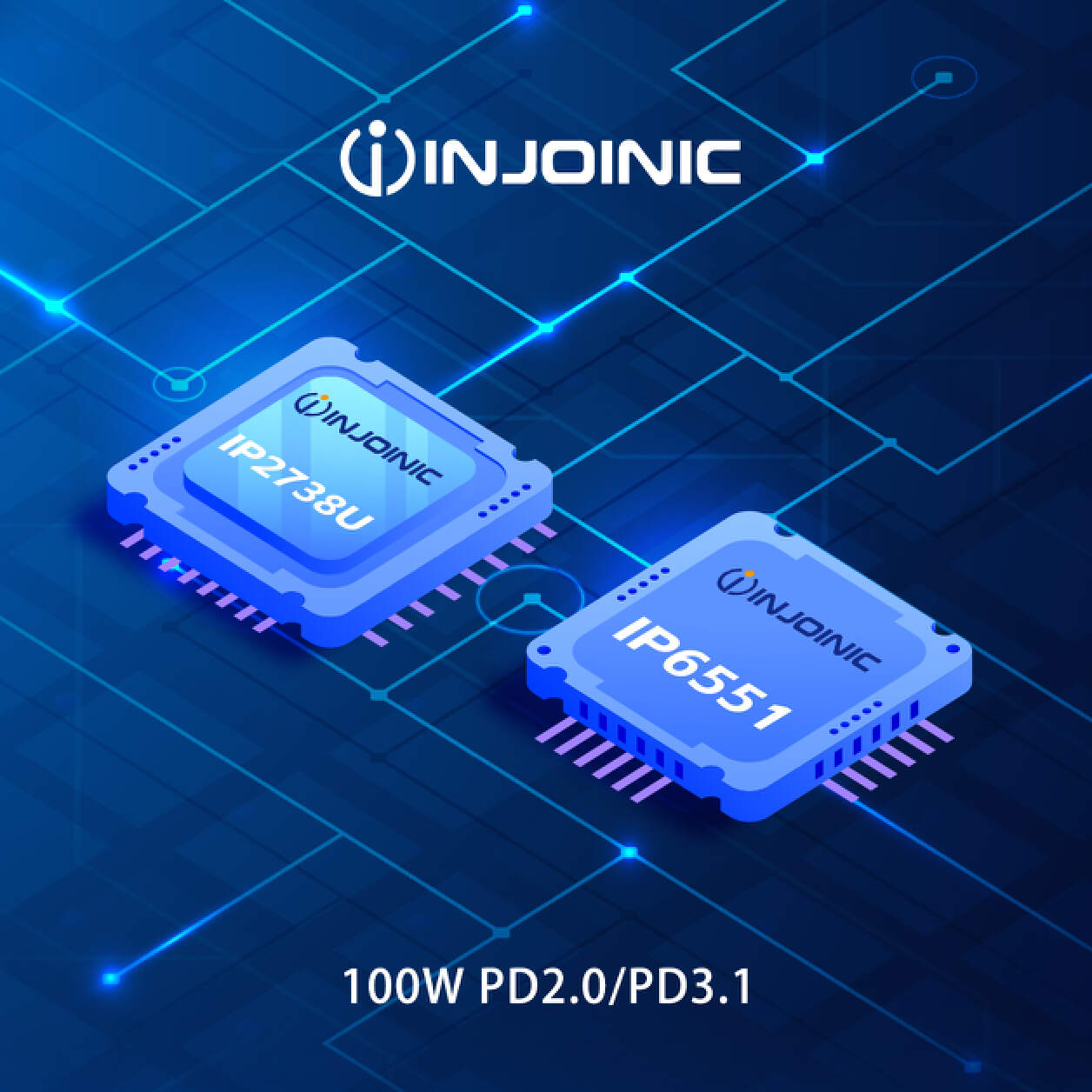
In today's fast-paced era, high charging power has become a selling point for products. However, have you ever heard of a cable that can connect multiple USB-C ports supporting fast charging? According to our findings at ChargerLAB, Injoinic has introduced a 1C to 2C Evaluation Board/Cable that effectively meets this demand. The cable features a two-in-one design, allowing one USB-C port to expand into two USB-C ports, supporting up to 100W PD 3.0 fast charging, meeting the expectations and demands of modern users for charging cables.
Injoinic 1C to 2C Evaluation Board/Cable Solution
The Injoinic 1C to 2C Evaluation Board/Cable is a cable product that supports single USB-C input and dual USB-C fast charging output, with a maximum input power of 140W and a maximum output of 100W PD 2.0/PD 3.1.
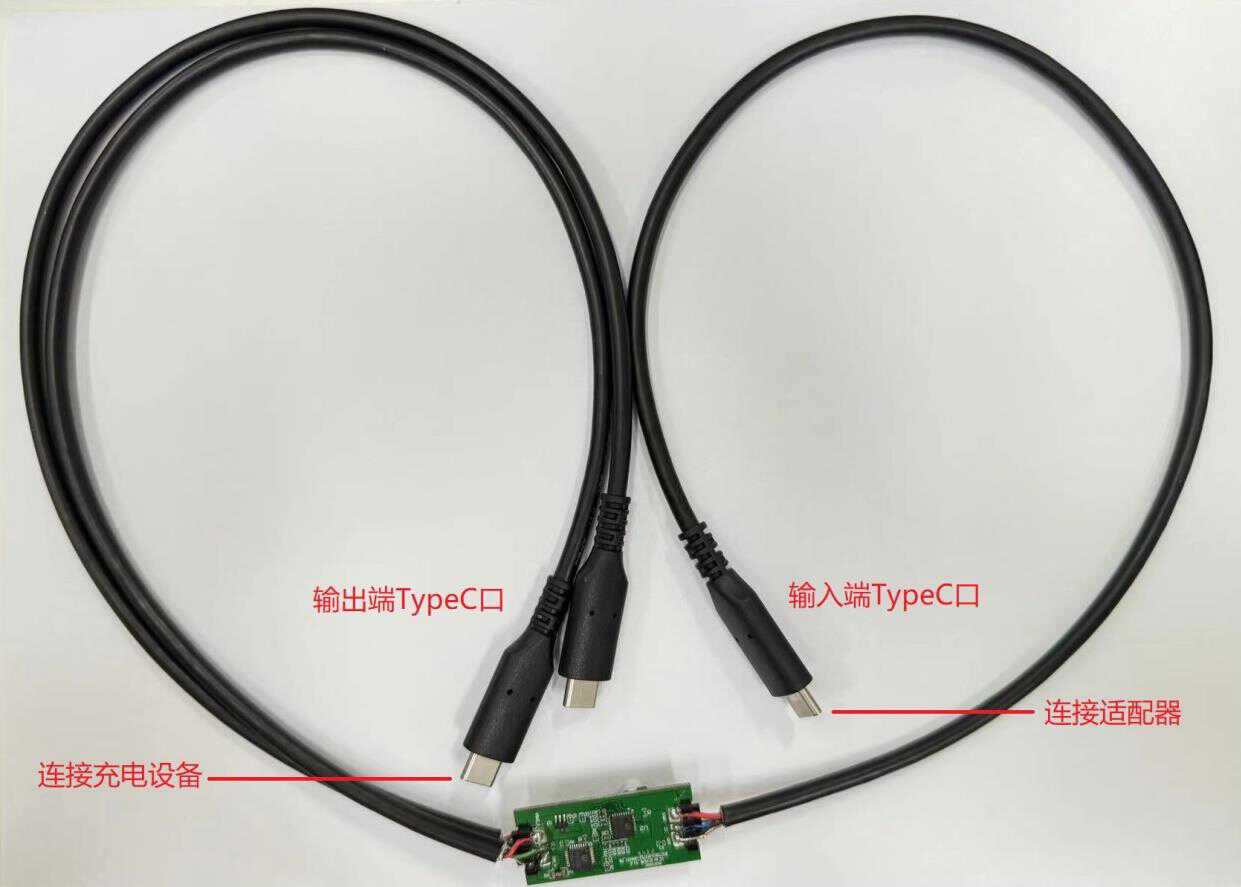
Its evaluation board integrates an E-Marker, supporting intelligent power distribution for dual ports. The USB-C port on the input side communicates with the adapter to obtain power information. Based on the devices connected to the output USB-C ports, the output power is intelligently distributed to adapt to different charging devices. For example, when the input power is more than or equal to 100W and only one USB-C port is connected at the output end, it can achieve an output power of 100W. If two devices are connected, the high-power device has a power of 65W, while the other device has a power of 30W.
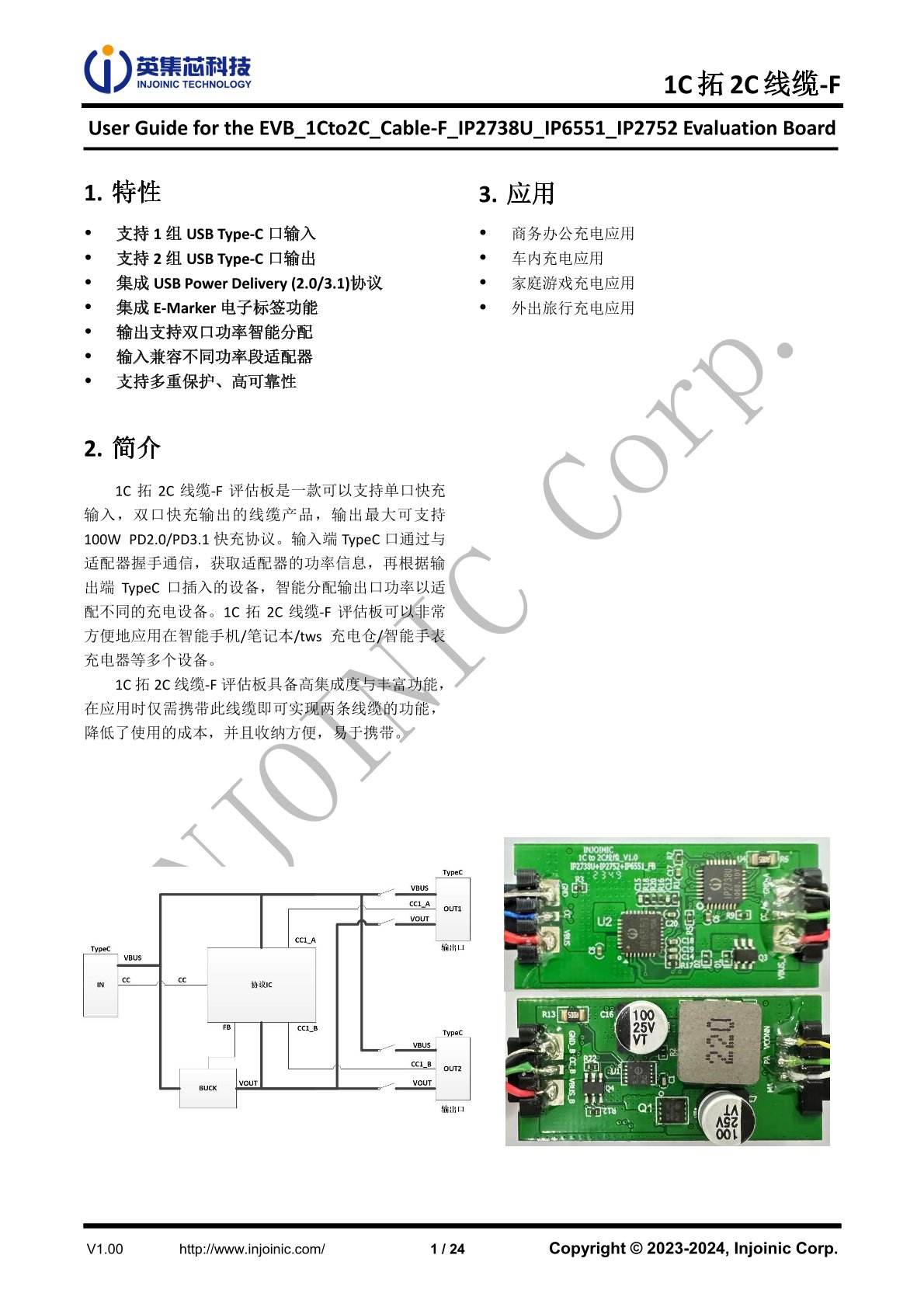
The Injoinic 1C to 2C Evaluation Board/Cable is highly suitable for various devices such as smartphones, laptops, wireless headphone charging cases, and wearable watch chargers. The evaluation board has a high level of integration and rich functionality, enabling it to perform the functions of two cables with just one cable. This not only reduces costs but also makes it convenient to carry, making it suitable for use in various scenarios.
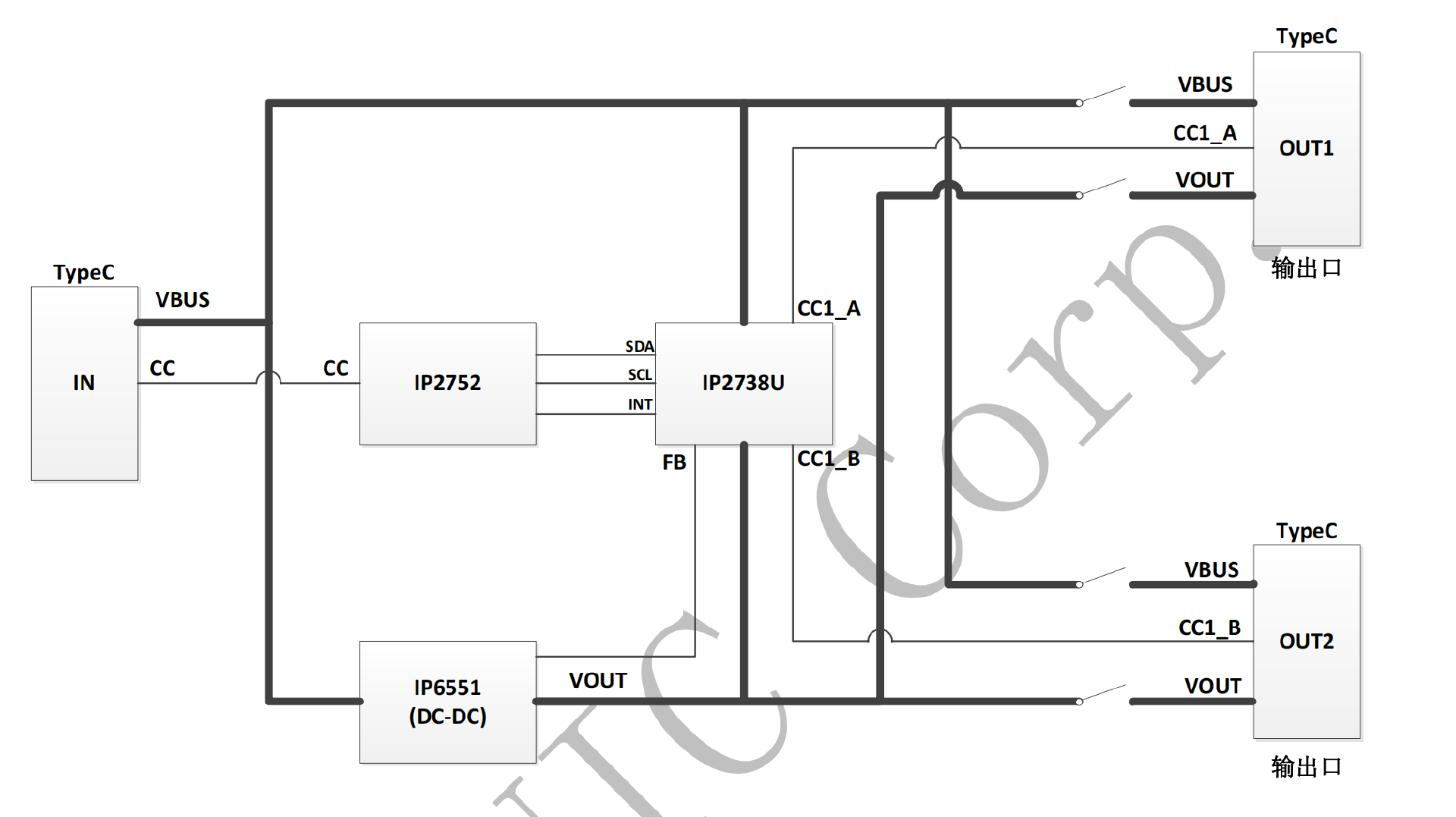
The evaluation board primarily utilizes the DC-DC buck chip IP6551, protocol chip IP2738U, and PD trigger chip IP2752. These three core chips collectively build the foundation of the evaluation board, ensuring its reliability and performance in terms of functionality.
Chargeing Test
Next, we conducted charging tests on the MacBook Pro, iPhone 15 Pro, Honor 70, and Anker 737 Power Bank using this cable, evaluating its power distribution performance when facing different devices.
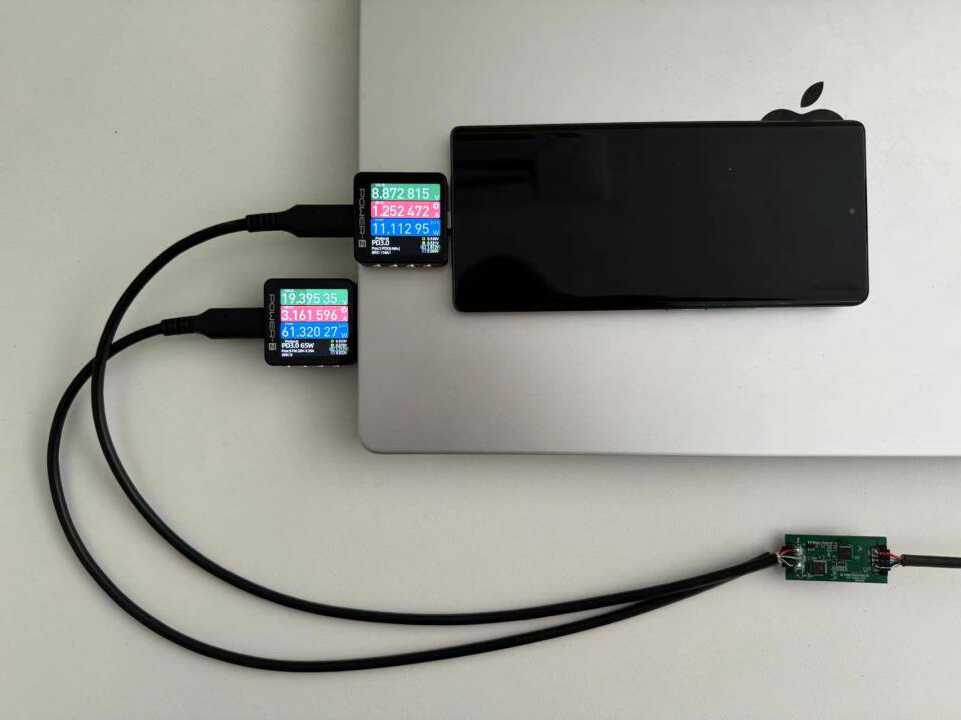
Firstly, we simultaneously connected the MacBook Pro and Honor 70 using the Injoinic 1C to 2C Evaluation Board/Cable. ChargerLAB POWER-Z KM003C measured the MacBook Pro's charging power at around 61W, while the Honor 70's charging power was around 11W.
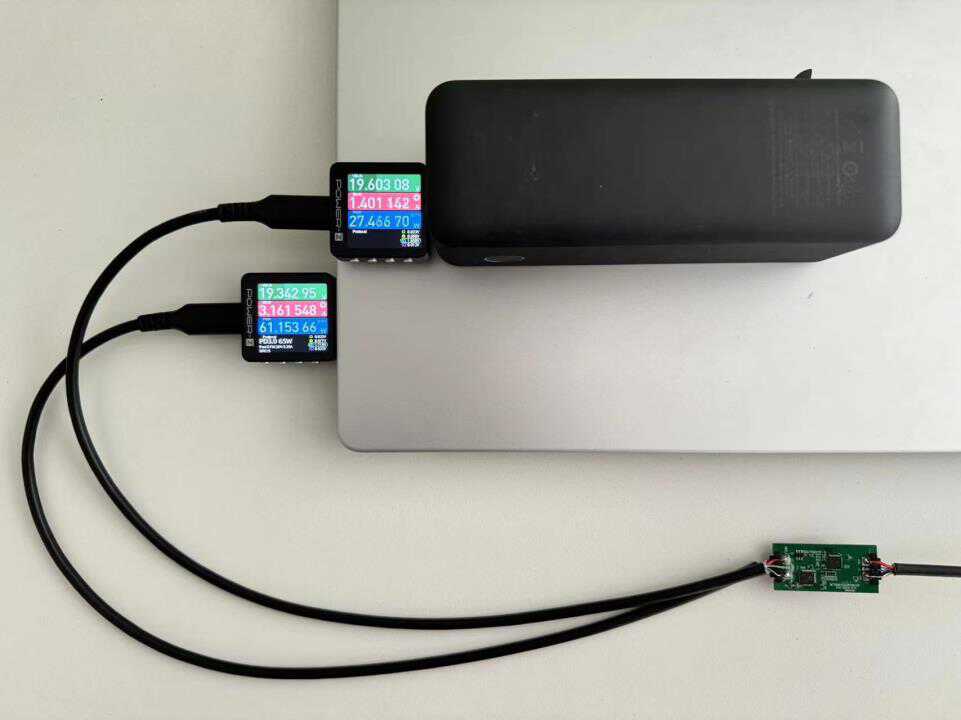
Since the Honor 70 does not support high-power PD fast charging, we replaced it with the Anker 737 Power Bank. This time, it still provided approximately 61W of power to the MacBook Pro, while the Anker 737 Power Bank reached around 27W.
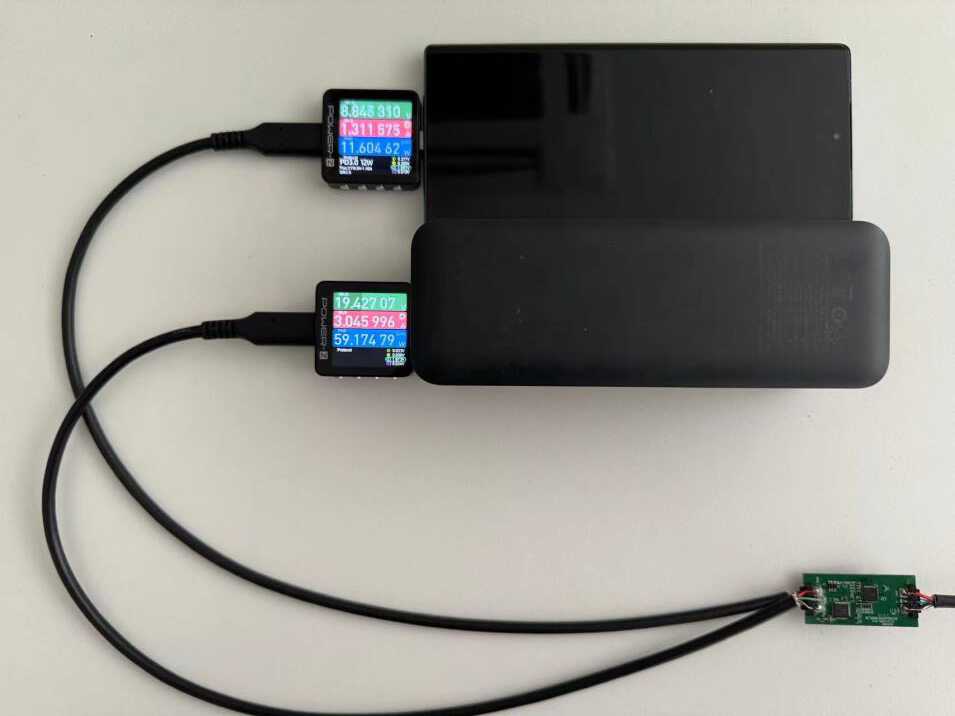
When charging both the Honor 70 and Anker 737 Power Bank simultaneously, the power distribution was 11W and 59W, respectively.
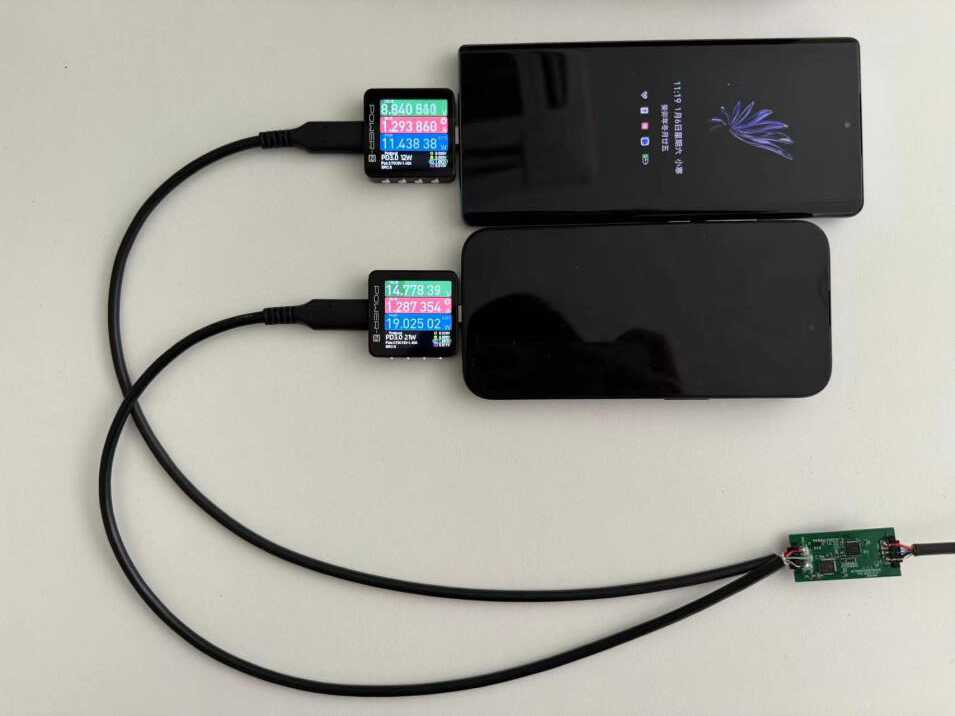
Finally, let's consider the scenario of charging two smartphones. It can provide 11W and 19W of power to the Honor 70 and iPhone 15 Pro, respectively.
Summary of ChargerLAB
Injoinic's newly launched 1C to 2C Evaluation Board/Cable effectively addresses the problem of insufficient ports while ensuring charging power. It is compatible with PD3.1 and supports PD3.0 protocols, integrates an E-Marker, and supports intelligent power distribution for dual ports, making it highly suitable for various devices such as smartphones, laptops, and wearable watch chargers.
Currently, there are relatively few all-in-one charging cables on the market that support high power. The product introduced by Injoinic features high integration, low cost, and portability, aligning with users' potential needs and is expected to gain a good market share in the charging cable field.
Related Articles:
1. PD3.1 Supported | Injoinic Launched IP2736U Protocol Chip
2. PD3.1 Supported | Southchip Launched SC9712A Protocol Chip
3. PD3.1 Supported | Injoinic Launched IP2366 PMIC

